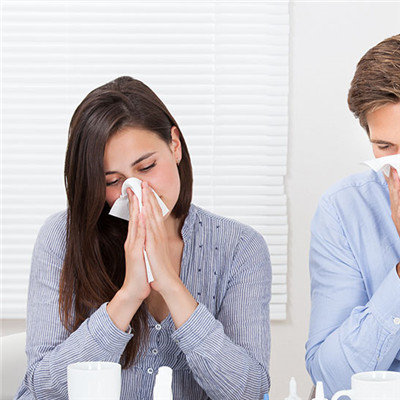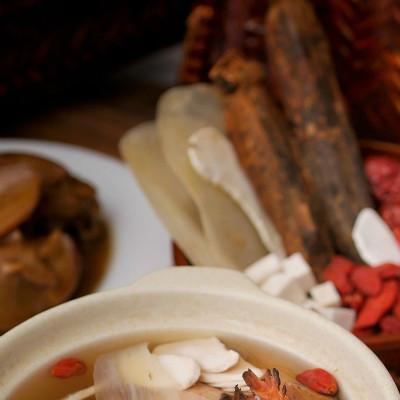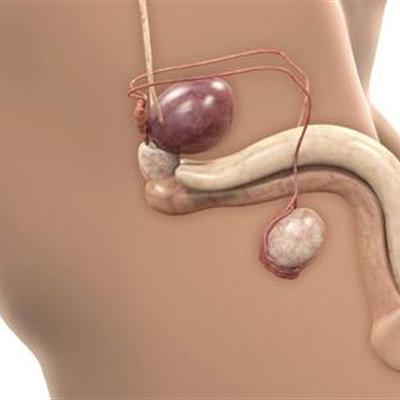What does the tortoise eat
summary
The first thing we need to introduce is that most of the small turtles we buy from the market are Brazilian turtles. Now we will introduce the breeding experience of small Brazilian turtles from the following aspects.
What does the tortoise eat
First, let's talk about the living environment of little turtles. There are no strict requirements for the feeding environment of young Brazilian turtles. You can use any flat bottom container, such as basin, box, aquarium, etc. But remember that the water should not be too deep. It's better for each young turtle to have 5 liters of water to move, but the water depth should not exceed the length of the baby turtle, so as to avoid suffocation and death of the baby turtle. Turtles are animals that breathe with their lungs. It is impossible to stay underwater for a long time. Therefore, the design of the turtle cage must have water and land. It is better to have half of the land and water. A slope of about 20 ° should be set between the land and water to facilitate the Turtles to go up and down easily.

Second: Although Brazilian turtles are the easiest to raise, they have one drawback: their excreta cycle is too fast, and there is a lot of excreta. They can eat and pull. In addition, the temperature of the water in which Brazilian turtles live is suitable (about 25 ° for young turtles), and the water is rich in nutrients. It is easy to breed unicellular algae, but this is not the most terrible. Due to the pollution of water quality, it is easy to breed bacteria, which poses a threat to the health of turtles. So we need to change the water for the turtle regularly. However, it should be noted that a complete change of water may induce the turtle to speed up excretion, so pay attention to the observation after changing the water and take out the excreta of the turtle.

Third: the vast majority of turtles need a long time of sunshine every day to grow up healthily, because the turtle is a cold-blooded animal. The sun can keep warm, kill some bacteria on the shell, and prevent the shell from being soft and brittle. UV Green in the sun is very important for turtles. Therefore, when you want to let the turtle enjoy the warm sunshine, don't just let it stay in the water, and try not to be separated from the glass, because UV Green is easily blocked. If they are afraid of drying out after too long exposure to the sun, they can be completely exposed to the sun or soaked in water. It is best to let it bask in the sun for an hour to two hours a day, and regularly brush the turtle back with a soft toothbrush to remove parasites.

matters needing attention
Turtles belong to hemipelagic turtles and generally need to eat in the water. When the temperature is lower than 18 ℃, it will stop eating. When the temperature is lower than 15 ℃, it will enter the hibernation period. It will not start eating until March and April next year when the temperature is about 20 ℃. Young turtles can be fed with turtle food, but long-term feeding is recommended, because turtle food has no nutrition.














